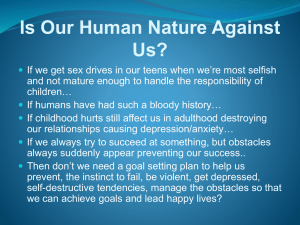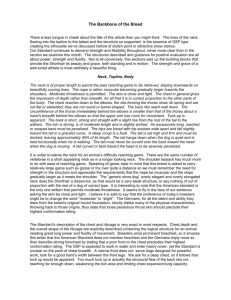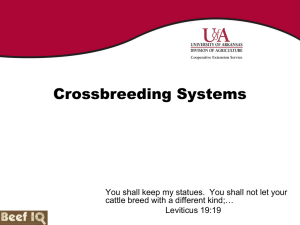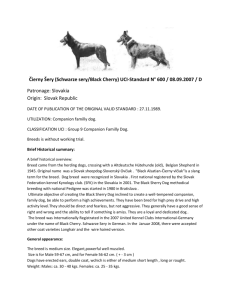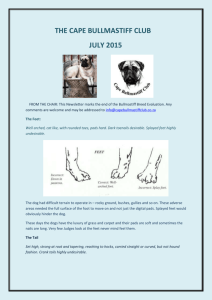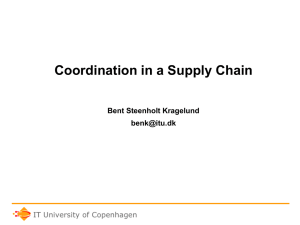Thinking and Problem Solving
advertisement
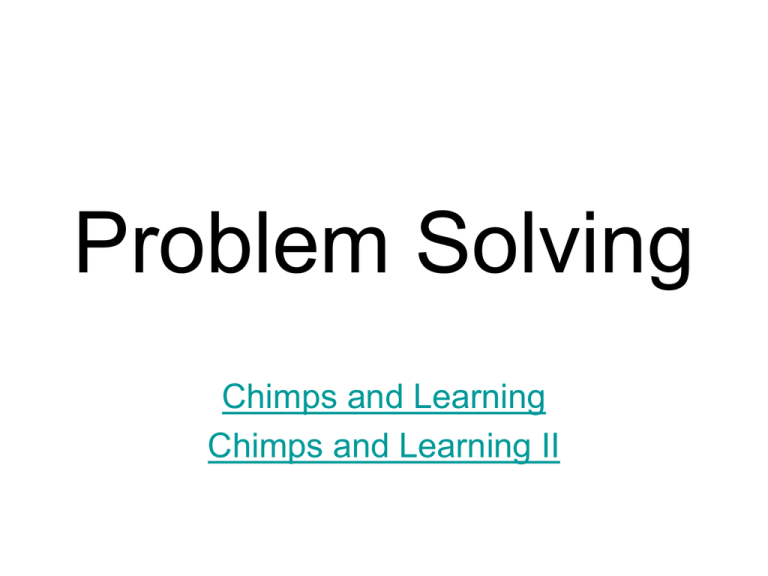
Problem Solving Chimps and Learning Chimps and Learning II •Problem Solving refers to active efforts to discover what must be done to achieve a goal that is not readily available •What strategies do we use to solve problems? •What obstacles hinder our problem solving? Methods of Problem Solving • Trial and Error – Thomas Edison tried thousands of light bulb filaments before stumbling upon the one that worked –No organization, no preparation – try everything and anything until something works Methods of Problem Solving • Algorithm – a methodical, step-by-step, logical rule or procedure that guarantees solving a particular problem –IE. How many words can you make out of the letters SPLOYOCHYG? Try each letter in each position, resulting in 907,200 combinations, and then pick out the words that make sense. Step-by-step. Methods of Problem Solving • Heuristics – a simple thinking strategy that often allows us to make judgments and solve problems efficiently by adding common sense shortcuts to step-by-step procedures; speedier, but more error-prone than algorithms –How many words can you make out of the letters SPLOYOCHYG? You know that no words start with YY, so eliminate all of those combinations, as well as all of the YG, YH, etc. You may miss some real words, but you get an approximation. Methods of Problem Solving • Insight – a sudden and often novel realization of the solution to a problem. –You’re stuck on a problem for a long time, then suddenly the pieces just fall together and you perceive a solution – “AHA !!” Obstacles to Problem Solving • Representative Heuristics – judging the likelihood of things in terms of how well they seem to represent, or match, particular concepts that we already have –IE. You have a mental concept of college professors and short, slim, and intellectual. If someone tells you a story about a friend of theirs who is short, slim, and likes poetry, and then asks you if you think they are a professor or a truck driver, which do you say? • IE. You’re a police officer, and a call just went out to be on the lookout for an unknown suspect that just robbed a bank. If your concept of bank robber is male, black, and clean shaven….in order to solve this problem you will look for suspects matching only this profile. Obstacles to Problem Solving • Availability Heuristic – making our judgments based on the events that are most readily available in memory – Who to date next? Well, don’t date blondes because your last experience was a disaster. Where to go to dinner? Don’t go to The Inn because the last time you were there it was overcooked. Obstacles to Problem Solving • Confirmation Bias – a tendency to search for answers and information that confirms one’s own preconceptions • A teacher believes that boys behave more badly than girls, so she watches over the boys more. At the end of the day, she has written more detentions for boys than for girls, confirming her original belief. Obstacles to Problem Solving • Fixation – only attempting to solve a problem from a single perspective –The solutions that worked in the past (mental set) often work on new problems, and if they don’t, we get frustrated and give up. Obstacles to Problem Solving • Functional Fixedness – the tendency to think of things only in terms of their usual functions –It’s raining and you don’t have an umbrella, but you could use the plastic bag in your car. You can’t get a screw loose without a screwdriver, but you could use a coin. Obstacles to Problem Solving • Overconfidence – the tendency to be more confident than correct – to overestimate the accuracy of one’s beliefs and judgments Obstacles to Problem Solving • Belief Bias – the tendency for one’s pre-existing beliefs to distort logical reasoning • Belief Perseverance – clinging to one’s initial conceptions, even after the bias has been discredited •When we think about solving a problem, how do we access applicable information in our memory in a useful manner? • Concepts – a multilevel classification system based on common properties among items –IE. We have a mental concept of dogs based on their common physical traits of four legs, a tail, fur, and their bark. Dogs can then be broken down into large breed and small breeds. Large breed can then be broken down into herders, hunters, guard, etc. Herders can then be broken down into …… Dog Fur, Four Legs, Tail, Bark Large Breed Over 50 lbs. Small Breed Under 50 lbs. • Prototypes – a mental image or best example of each concept we have developed –We match new items to our mental prototypes in order to allow or disallow items into our concept groups Dog Fur, Four Legs, Tail, Bark Large Breed Over 50 lbs. Small Breed Under 50 lbs. •Our prototype of a “dog” is a Golden Retriever. A new animal we meet has four legs, a tail, fur, barks, etc……compared to our mental prototype of a “dog”, it must also be a “dog”


